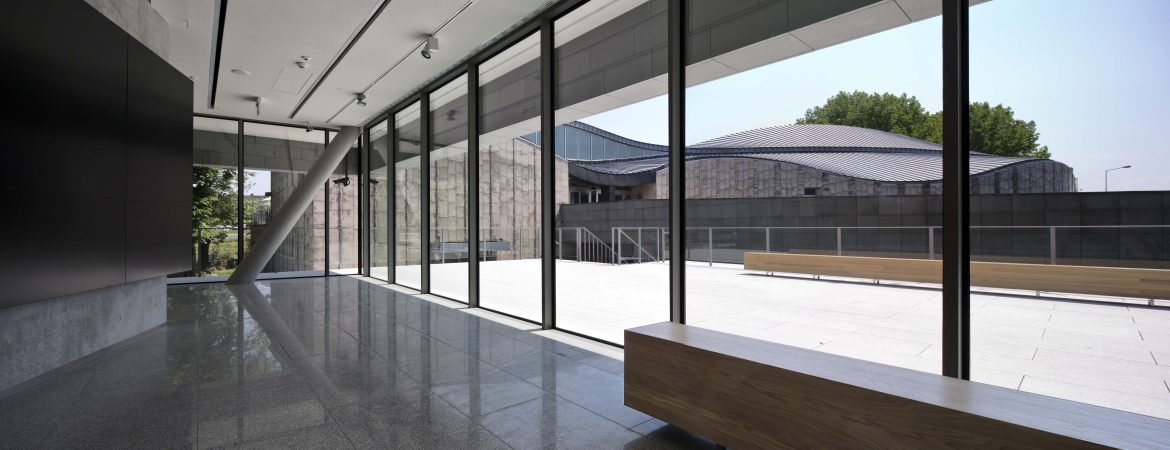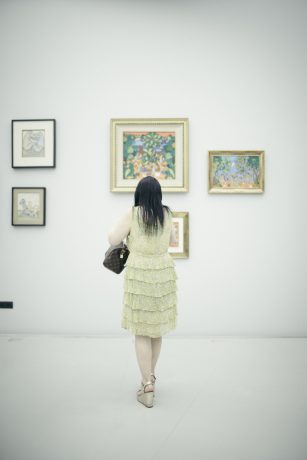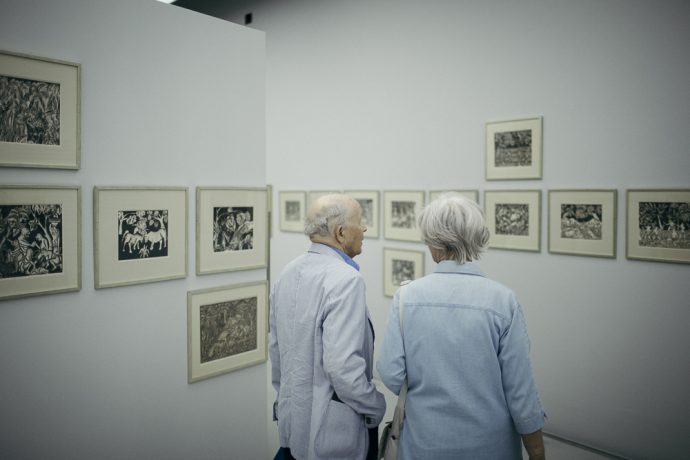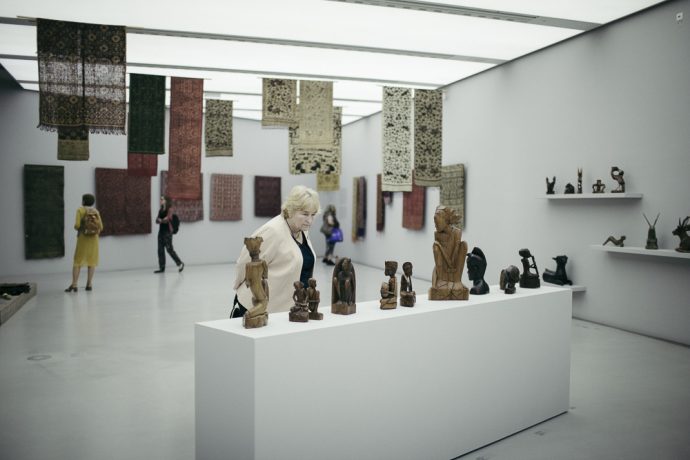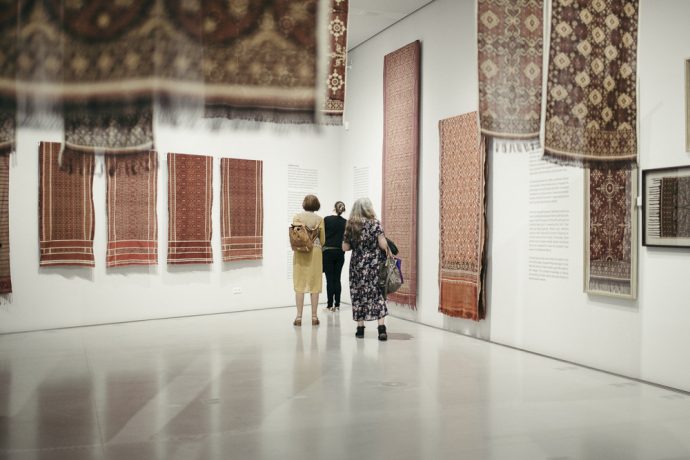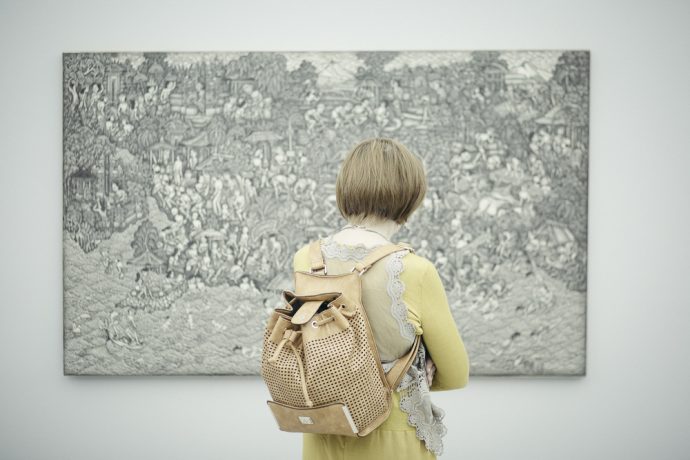The famous city of Kraków features some of the most interesting historical sites in all of Poland. Travelers from all around the world can find plenty of attractions here including: amazing architecture, traces of medieval times, rich art collections and some great restaurants serving delicious Polish food. Tradition and history can be found behind every corner of the cobbled streets and you can figuratively move back in time just by walking through the Main Square. However, in the middle of the city, close to Vistula River, there is one little shining gem that attracts visitors through its exotic and oriental atmosphere. With its history going back to 1920, the Manggha Museum is truly an interesting place.


More than eighty years ago, Feliks Jasienski, a Polish writer and critic, transferred his entire collection of Japanese cultural objects to the National Museum in Kraków. After his death, the collection wasn’t displayed at all other than one little exception made when it was presented in the famous Cloth Halls in 1994. Luckily, the exhibition was visited by the young Andrzej Wajda, who saw the collection and was fascinated by it. At that time, no one could really predict that this 19 years old young boy would become one of the most famous Polish film directors and artists, and even be awarded with an Oscar. Fifty years later, Wajda received a film award in Kyoto. He quickly decided to use the financial equivalent of the award to build a place in Kraków where the Jasienski collection could be stored. Wajda was immediately backed by the city of Krakow and Japanese government. Soon, other generous donors appeared and Wajda's idea became a reality.


The Manggha Museum was designed by Japanese architect Arata Isozaki in cooperation with Polish architect Krzysztof Ingarden and JET Atelier. The resulting building connected modernity with an old Japanese art. The Manggha Center Museum of Japanese Art and Technology was officially opened on November 30, 1994. The dream of the young Andrzej Wajda was completed.
One of the greatest awards for the Manggha Museum was a visit from Japan's Emperor Akihito and Empress Michiko in 2002. It was a real honor and confirmation that the Museum was actually developing itself in the right direction. After operating for ten years under the National Museum in Kraków, it became a separate institution in 2005. Since the very beginning, the Manggha Museum has tried to combine two missions: popularization of Japanese culture in Poland through exhibitions and various workshops and examination of Polish-Japanese relations, reflecting on how can those two cultures cooperate together.


The Museum has hosted about one hundred art exhibitions focused on traditional Japanese art along with modern graphic art, paintings, sculptures and modern technology. However, because of the rising interest in other Far Eastern countries' culture in general, the Museum started developing new projects along with the Polish Ministry of Culture and Heritage. That is how the Gallery Europe-Far East was created in the building next to Manggha Museum. If you are interested in the culture of the Far East, then you have two great museums next to each other. Also, both are in the close company of Vistula River and medieval Wawel Castle. Such a great and inspiring contrast!
Now, the Manggha Center holds three exhibitions. The first of these is Grażyna Brylewska. Always a Fragment: Recycling, which is an interesting reflection of what is the memory and how each fragment and everything actually IS a memory. It’s the collection of mostly sewn collages made by the artist using paper and the thread as her main materials. Another display is called Kimono. Form. Pattern. A Thing to Wear, which is focused on the traditional Japanese garment. The last exhibition for upcoming months is Confluence. Aliska Lahusen and Takesada Matsutani, which is an interesting insight to how both artists see and interpret each other work.


Those three previously mentioned exhibitions show how varying the Manggha Museum's content is and how broad the field in which they operate is. Also, the educational program is composed carefully and everyone can find something there for themselves. The Manggha Museum-founded Japanese Language School, which has been running classes on three different levels for twenty years, is the only such school in Poland and operates under the patronage of the Japan Foundation. This is also the venue where the Club Bonsai Poland meets every last Sunday of the month; Chadō Urasenke Tankōkai Cracow Sunshine Association also holds its meetings there. If the weather is favorable, the tea ceremony classes (!) are usually held in the special tea pavilion located in the Manggha Museum’s garden. There are also organized workshops, such as Japan: Then and Now, that are prepared specially for the school children and youth. Apart from that, the Museum offers a broad range of a little workshops for the youngsters. Starting with the calligraphy class, where all participants learn how to write down the basic signs of Japanese alphabet using a traditional brush, and finishing with the origami workshop and Ikebana class, where the partakers are instructed on the rules of such composition and create their own. Manggha Center also runs its own publishing house and library.


The most important person for the whole museum was mentioned earlier: Andrzej Wajda, a brilliant Polish film director. He also created his little film archive in Manggha featuring a unique collection of various film souvenirs, scripts and letters. The archive also owns a rich library full of Polish and international volumes on cinema and art.
At first, the Manggha Museum of Japanese Art and Technology was created simply for storing the collection of Feliks Jasienski, who was fascinated by the art and culture of Japan. However, it has become something far greater, a real center for oriental culture enthusiasts and a real must-visit when you’re in Kraków and looking for something a bit different from the standard tourist track.
